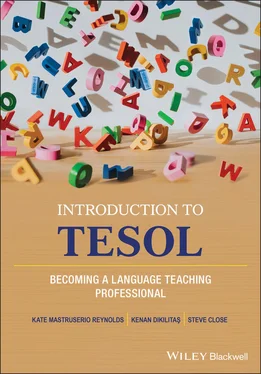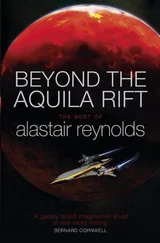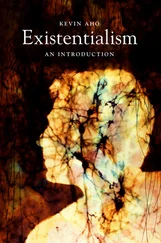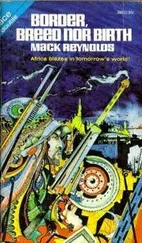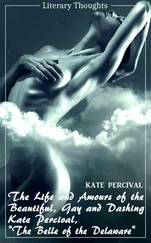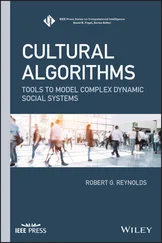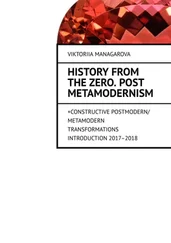This is a descriptive textbook, which will help any prospective TESOL educator understand the interdisciplinary knowledge base that TESOL professionals share as well as the opportunities and subfields within the discipline. It is meant for educators who are hoping to learn more about TESOL or who are considering entering the field. It covers almost all areas of TESOL in a readable manner for students who are inclined to enter the field or teachers who are already in the field without formalized teacher preparation. It presents an opportunity to understand the numerous specializations and niches in the field that can be explored in TESOL. For example, one could teach first grade students bilingually in Egypt, foreign language instruction of English in Russia, academic second language writing at universities in English-speaking contexts, or research language patterns employed cross-culturally by different genders.
The major goal of this text is to share essential facts while providing basic information about contexts for teaching, our learners and their goals, professional organizations, linguistics, second language acquisition theories, instructional practices, and professional development. It is designed to help those interested in TESOL situate and commence their studies and research, and orient them so they know where to find resources, how to engage in the profession, and how to grow over the course of a career. It spans English as a second language (ESL) and English as a foreign language (EFL) contexts as the authors are experienced teacher educators in both contexts. We hope it helps all readers identify where to enter the profession in ways that are inspiring and interesting.
This book provides multiple perspectives on teaching and learning a second language, and uses language that new TESOLers can understand, thereby building basic knowledge about the field of TESOL. We hope to offer guidance for the newcomer from the perspective of this is what TESOL educators do and why. Not every instructional or assessment practice works for every student in every context, so it is our intention to provide information about the choices educators can make and align them with potential future contexts and learner populations. We intend our guidance to be descriptive of instructional and assessment practices, without prescribing them as the only way to approach these instructions and assessments. We hope that everyone who reads this book will find the ideas suggested to be stimulating. We hope, too, that readers will be creative in their teaching and learning and share their innovations with the field, so it continues to develop in the rich manner it has.
The learning theory that informs our perspectives on learning and teaching is Constructivism. Constructivism is the theory that individuals construct, or transform, their understandings of meanings and concepts through learning experiences (von Glasersfeld, 2005). This language is used throughout the text. However, we recognize that many of the practices, for example, teaching language skills or developing lesson plans, spring from Bloom’s mastery learning model (1976). This text, therefore, is a hybrid of both educational perspectives.
In an odd way, this text is a love letter to a field of study, TESOL, second language learning, and English language learners (ELLs). In total, we have been studying and teaching in the field of TESOL for 80 years. That sort of dedication reveals a deep commitment to our ELLs and teacher candidates as well as the subject, the profession, and the processes involved in principled second language teaching and learning. It is our sincere hope that we convey in this text the wonderful, fascinating complexities and diversity of the field and inspire you to join us to engage professionally as a lifelong teacher-learner. We hope you find your niche within TESOL, so you can be the next generation of TESOL leaders.
1 Bloom, B.(1976). Human characteristics and school learning. McGraw-Hill.
2 von Glasersfeld, E.(2005). Introduction: Aspects of constructivism. In C. T. Fosnot(Ed.), Constructivism: Theory, perspectives, and practice (2nd ed.) (pp. 3–7). Teachers College Press.
Part One The Field of TESOL
This chapter will introduce TESOL as a field showing the various contexts and populations for English language instruction. It will highlight the domains that provide insight into how to teach, assess, and research in English as a second language. This chapter will provide basic acronyms needed by English language instructors in TESOL to situate their work and learn more about it. Proficiency levels, which describe levels of language development, will be presented. Finally, the interdisciplinary nature of TESOL and specializations within the field will be discussed.
At the conclusion of this chapter, you will be able to:
compare and contrast the unique attributes of different contexts of English language learning
define common acronyms in the field
apply knowledge of proficiency levels to lesson planning, delivery, and instruction
connect the disciplines that inform the study of second/additional language learning
describe the interdisciplinary nature of TESOL
discuss the specializations of professionals in the field
In this vignette, you will read about two locations where English is taught and how the context influences the instruction. Observe the differences and reflect upon how you envision your future English language teaching or which example mostly closely aligns with your current instructional setting and practices.
TESOL Voices
Diverse Learners, Diverse Settings
In Kobe, Japan at Aitoku Gakuen Junior/Senior High School, uniformed ninth-grade students enter their English as a foreign language (EFL) class. Both the teacher, who speaks Japanese and English, and the teacher assistant, a native English speaker from Australia, greet the students in English as they enter the classroom. The teacher prepares her lesson by arranging the necessary paperwork and bringing up a video about air pollution in Japan. The teacher assistant engages the students in casual social conversation about how they feel, how their weekend was, and what they are up to personally. The students seem a bit embarrassed, but try to respond to the questions as well as they can. Some students respond in full sentences and provide some details about their lives; others provide one-word answers and look down to avoid more questions. Once the teacher begins the class, she reviews the meanings of the key vocabulary they are learning. Students provide definitions and examples of the vocabulary during a quick game, competing to see how many their team can get correctly in 2 min. After the vocabulary review, the students watch an 8-min video in English on air pollution in Japan. While they watch, they are asked to identify key information presented in the video. Next, they individually read an article about air pollution in English. Some students raise their hands to ask questions about a word or phrase and the teacher or teaching assistant approaches them to answer quietly. The teacher leads the whole class in discussion about the article by asking comprehension and opinion questions. She says, for example, “What is the greatest cause of air pollution today? How do you think you can reduce air pollution?” Students raise their hands to respond and several contribute their ideas of how they can reduce air pollution. Then, the teacher gives them a group project to investigate more ways people can reduce air pollution. Students are given small posters to describe and illustrate with their findings. Students will present their posters to the class.
Читать дальше
